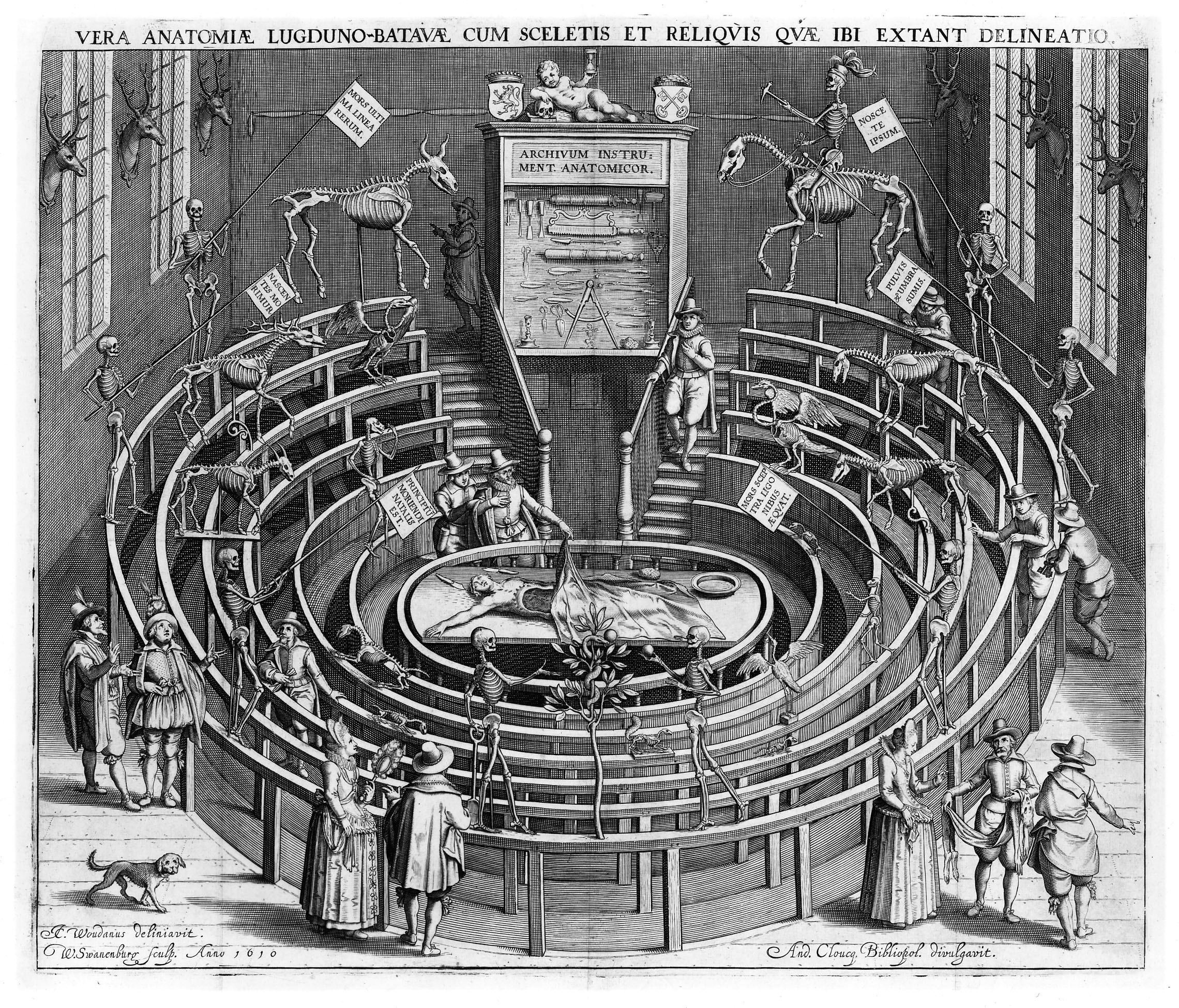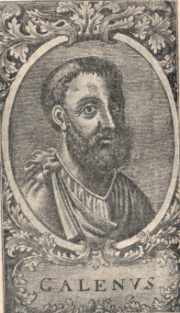Here’s a quick short post for you, as this was more of a workshop than a lecture and unrelated to the rest of my lecturers and more related to my studio work. We were discussing Creative Thinking Processes and how to generate ideas (particularly the wacky ones).
Through the lecture we covered the usual brainstorming and mind mapping which I think everyone on this planet knows how to do since the do it to death now, despite it not being useful to everyone and despite the fact that there over two hundred different processes.
First of all lets begin with one very important person in the realm of Creative Thinking and his name is Edward de Bono. I well recommend reading one of his books, especially “How to Have A Beautiful Mind”. He is an important person to look up as he has not only written some truly inspirational and interesting books but he came up with the term “Lateral Thinking” and created some of the creative thinking processes we use now. For example the Six Thinking Hats was one of his.
So how does the Six Thinking Hats work?
Well really it’s quite simple. Imagine 6 hats (or make them if you like out of paper). Now colour them, one red, one black, one yellow, one green, one blue and leave one white. Each hat represents a different mode of thinking. The white hat represents objective thought i.e. the facts. The Red hat represents emotion or emotional thinking i.e. listen to your heart and what your gut instinct tells you. The Black hat represents negativity or critical thoughts. The Yellow hat represents the exact opposite of the black hat, positive thoughts. The Green hat represents new ideas or trying things a completely different way i.e. the green hat breaks the trends. The blue hat represents the summary of things. The whole system is a way of breaking stagnating thought processes to discover new solutions.
But there are far more processes than that. Take the random word input for example. Most brainstorming sessions consist of listing things connected to the subject you are looking at. Now this can be helpful but you could end up with just continually having the same ideas over and over again. So how about picking a word at random from a dictionary or a bookshelf and trying to connect it with your subject? This method can work quite well at bringing up new and fresh ideas to the table, for example connecting onions to a mobile phone. Onions make you cry, phone conversations make you cry, maybe you could create a mobile phone that reacts to emotion caused by the phone call and communicates it to the other phone?
To end this extraordinarily long post let me bring up the “What’s on TV Tonight” process. Again like the 6 Thinking Hats this process encourages you to adopt other points of view. Pick up a TV guide or just think of TV programs off the top of your head (try and include a mixture of comedy, soaps, serious programs and documentaries) then try and think how the characters or speakers on the show would go about solving your problem.
How would Doctor Who re-design the mobile phone?
Keep thinking
Be creative
Yours,
Rachael Kavita
Resources
Books
- Develop Your Creative Skills
- Turn on Your Lateral Thinking : Tested Techniques for Transforming Your Leadership Skills by Paul Sloane 2003
- Structuring Creativity with Adrian Agusto







